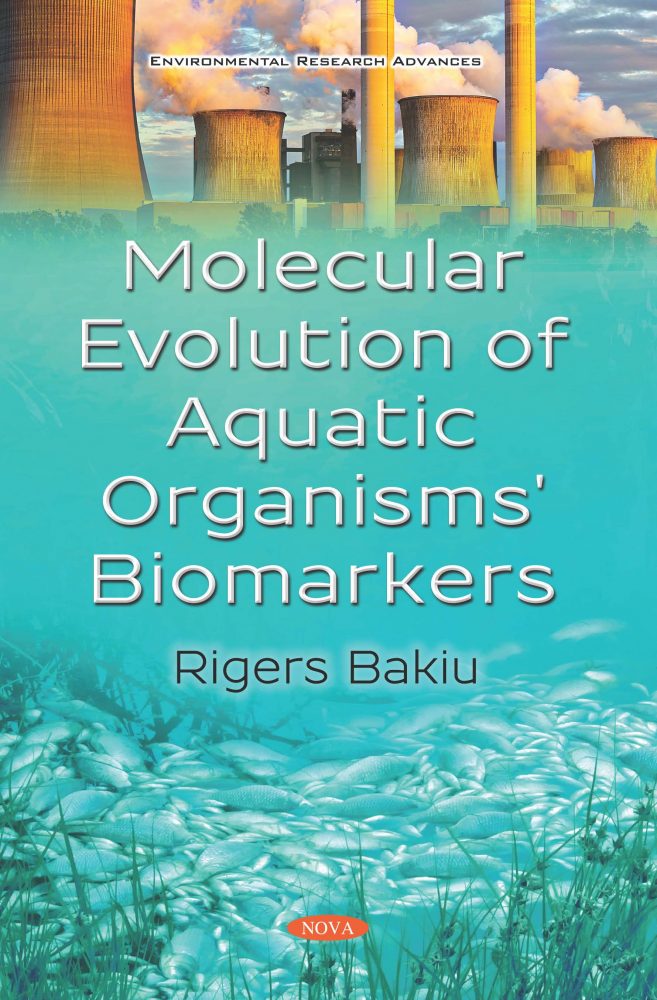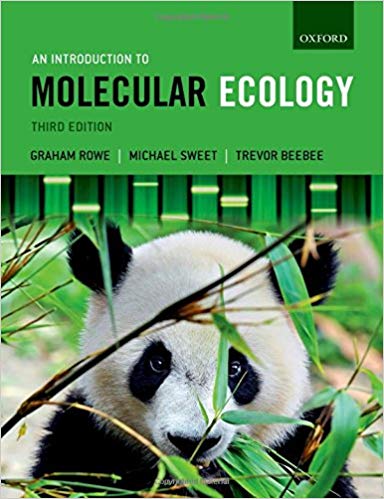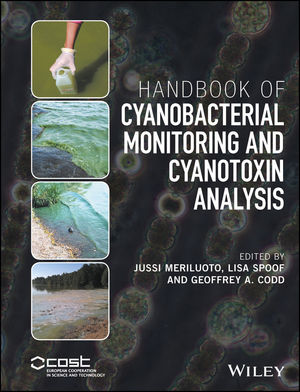
A biomarker is a biochemical, cellular, physiological or behavioral variation that can be measured in tissue or body fluid samples or at the level of whole organisms that provides evidence of exposure to and/or effects of one or more chemical pollutants or radiations. Based on the facts related to the existence of contaminant stressors, an understanding of chemical modes of toxicity can be incorporated with diagnostic markers of aquatic animal physiology to help understand the health status of aquatic organisms in the field. New approaches in functional genomics and bioinformatics can help discriminate individual chemicals, or groups of chemicals among complex mixtures that may contribute to adverse biological effects. By using these recent methodologies, it could be useful to shed light on the molecular evolution of the biomarkers, and which role and functionality can be better understood based on exploring the relative evolution pathways in several aquatic organisms. PhD students and scientists with interests on physiology, ecotoxicology, biochemistry, molecular biology, molecular evolution and aquatic science disciplines will find this book very useful, based on the concepts and the relative biomarkers study cases, analyzed from the evolutionary point of view.






